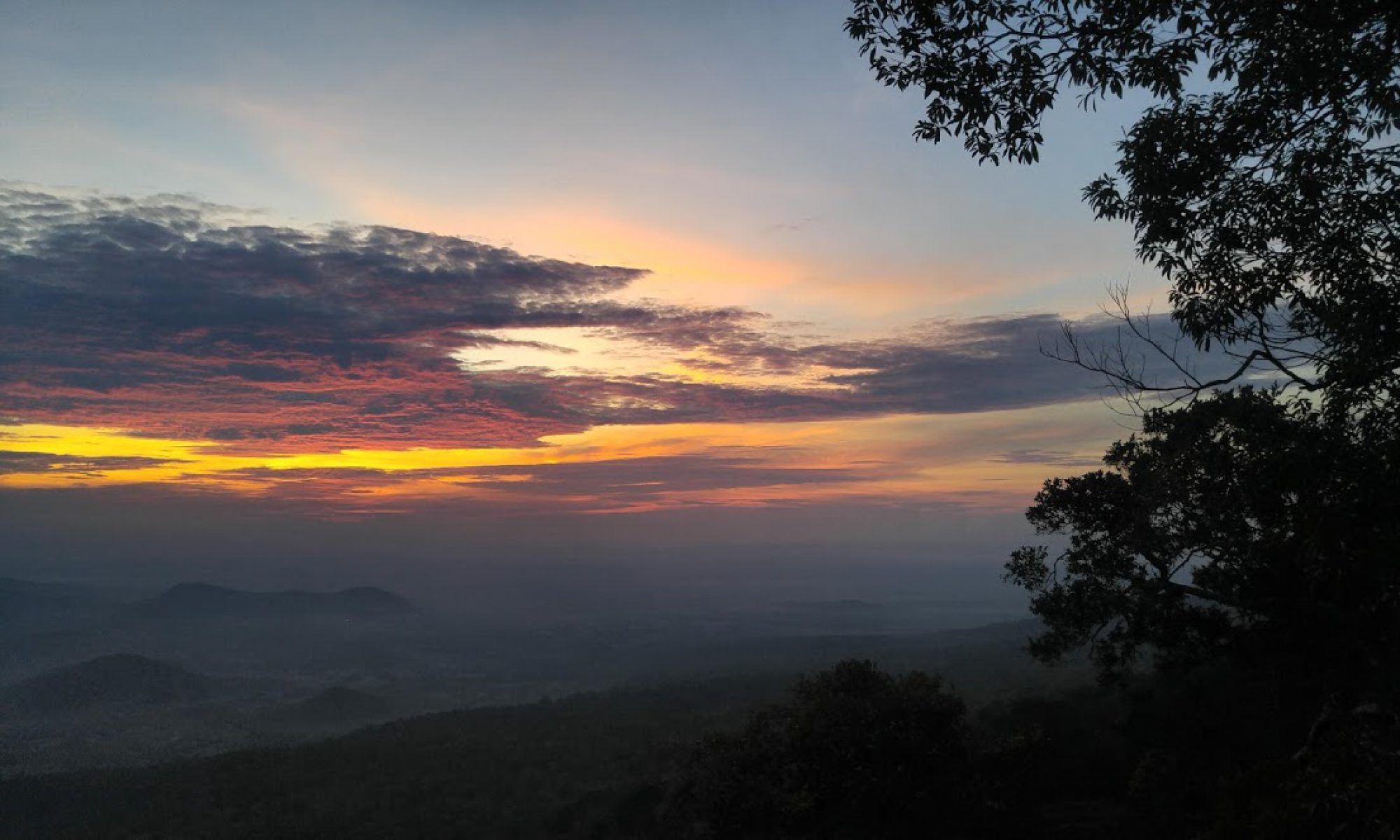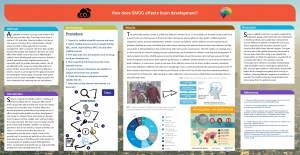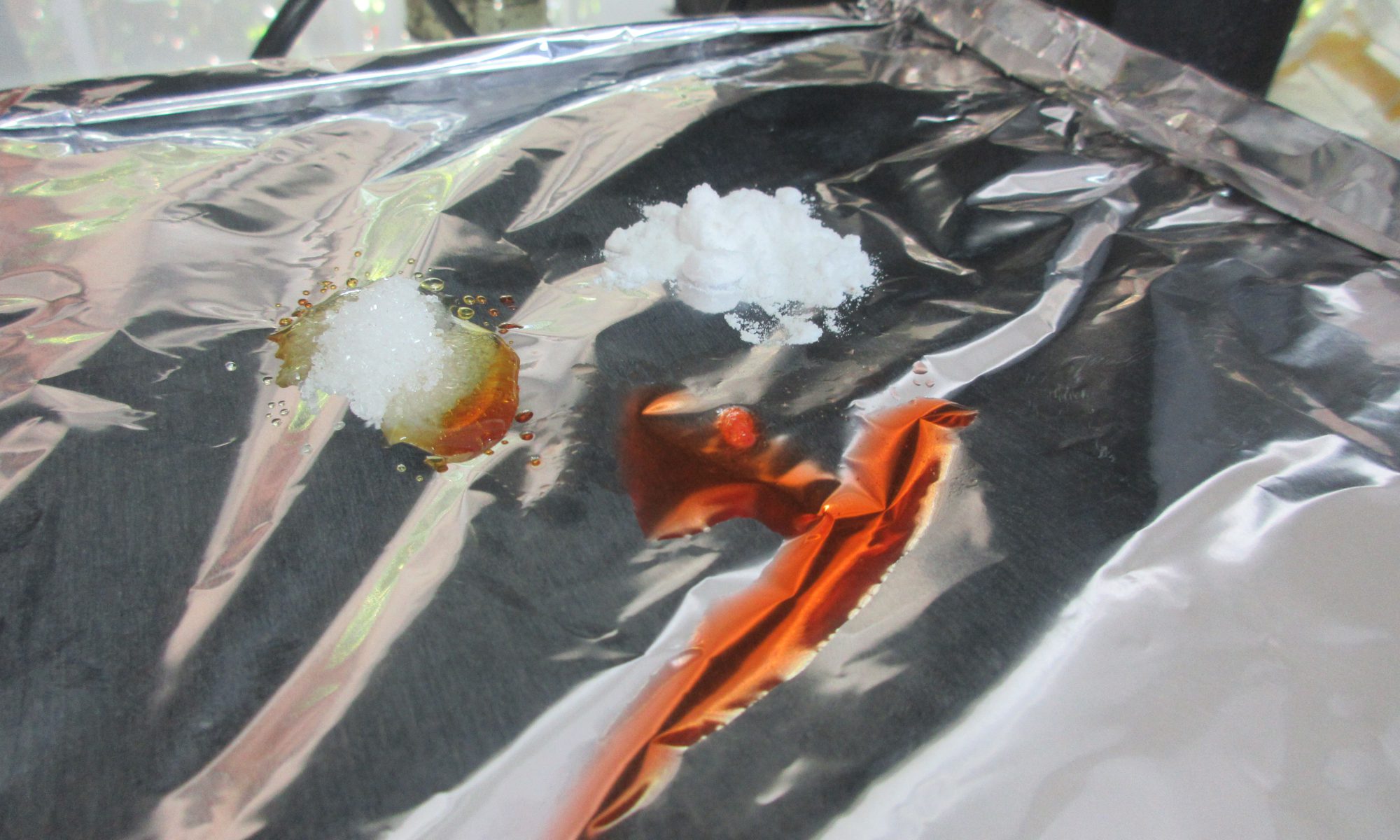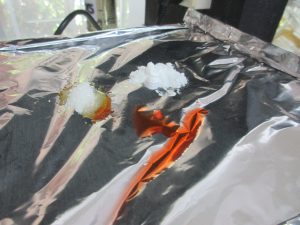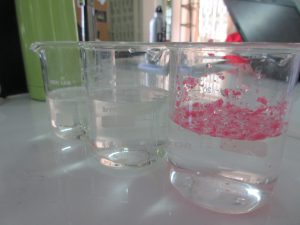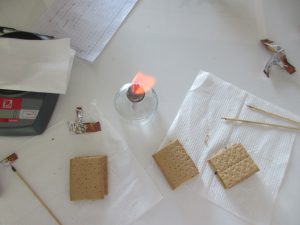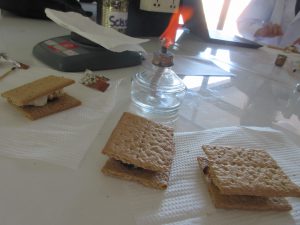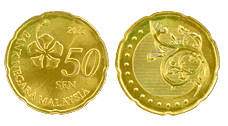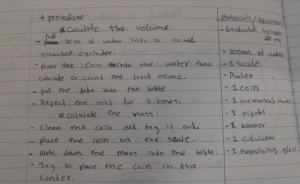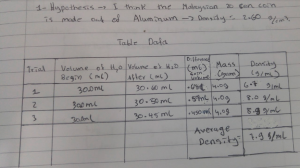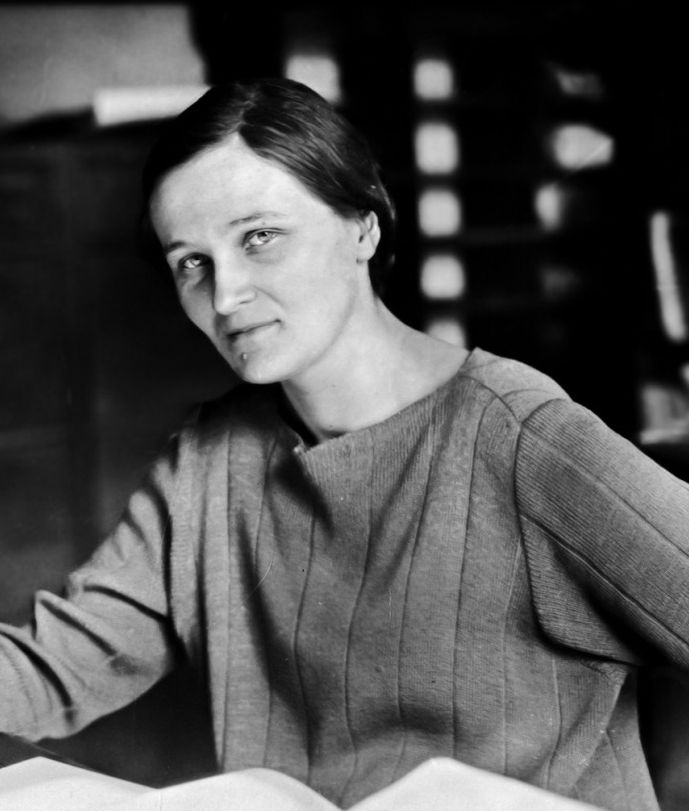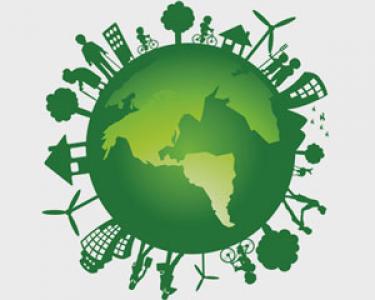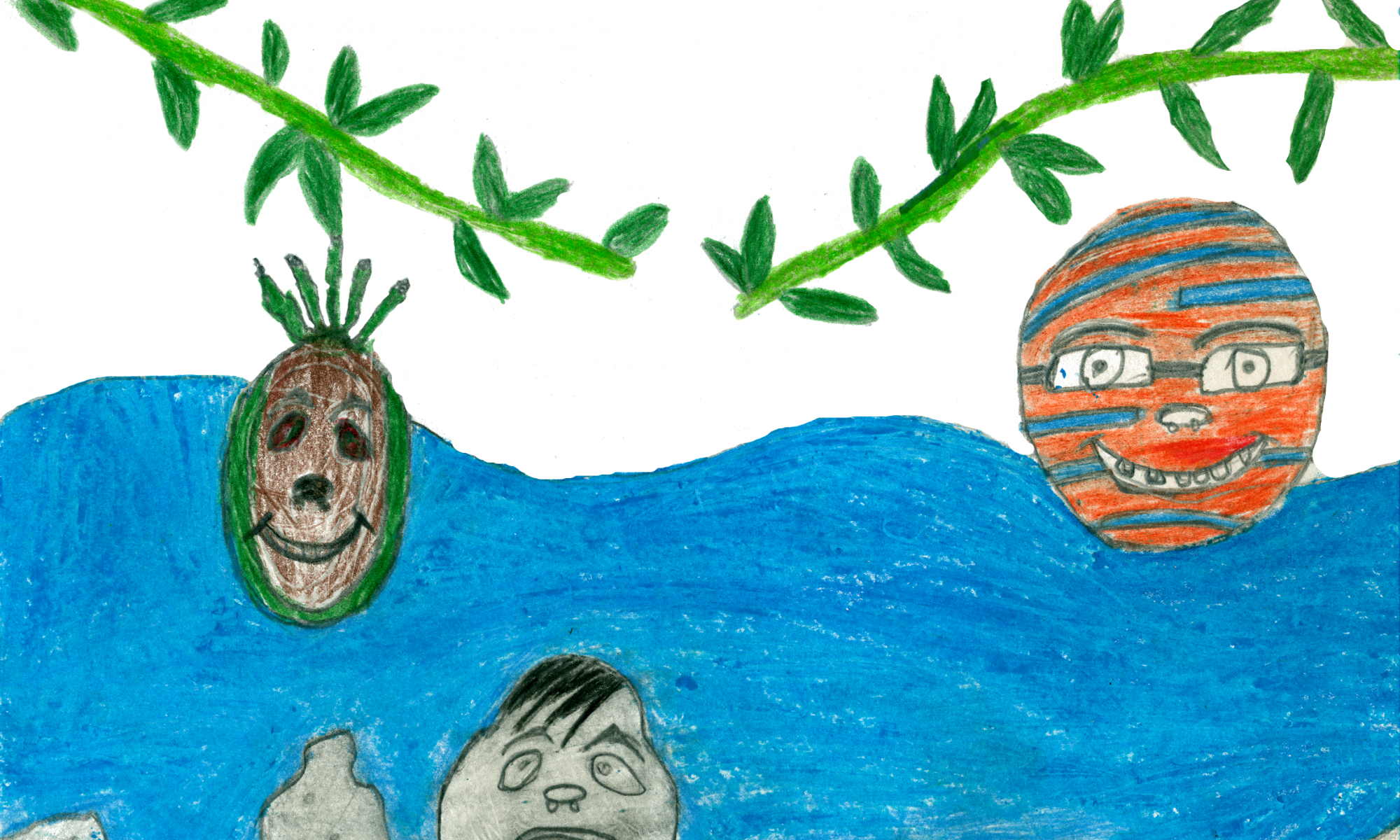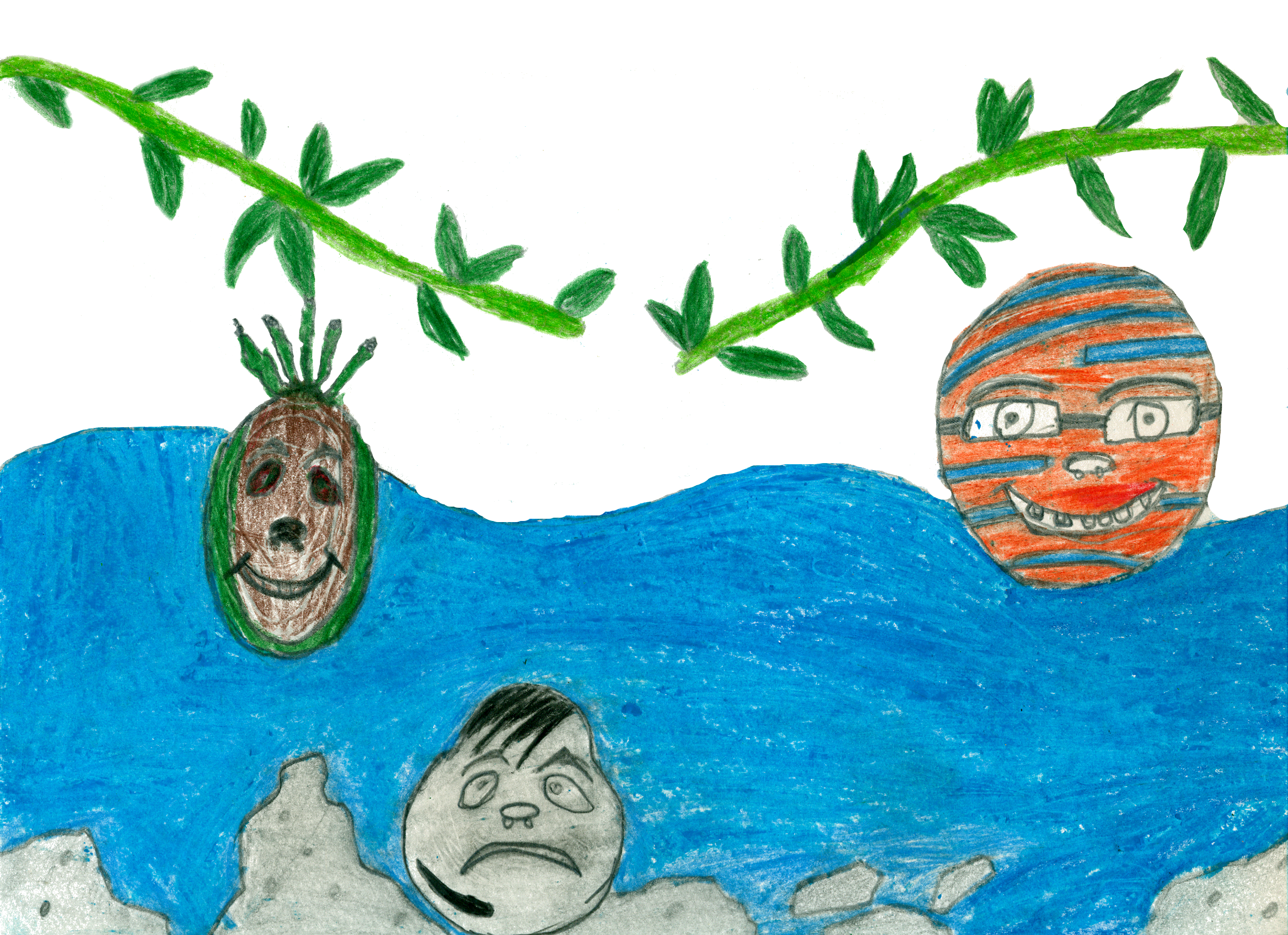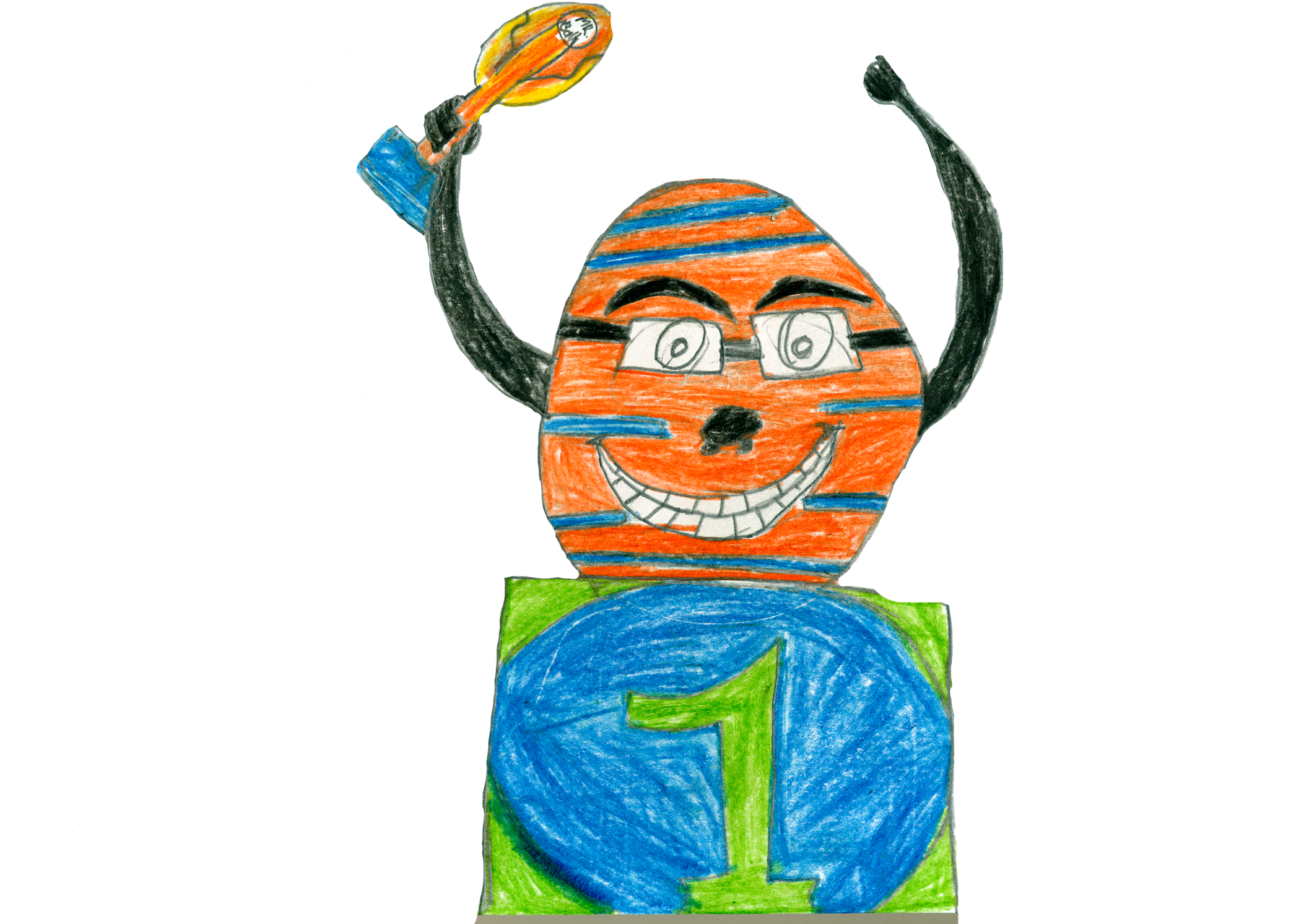In our chemistry class, I had a project to design my own question and research project on smog. So after I did a small research, I want to do something about the impact of smog on human health so I decided to do further research about the effect on human brain development. I found some interesting study that has been done in the west. One of the studies concluded that there was a correlation of exposing to a high fine particle could decline a person cognitive performance.
Doing Labs Help to Understand New Concepts in Chemistry Course
Over the past few weeks in the chemistry course, I had continued and built up my knowledge on this subject area. We had been learning about bonding, Lewis structures, VSEPR, balancing the equation and calculate the limiting reactant. There were so many new concepts that I sometimes found it hard to catch up with the class, however, with a lot of practices on a worksheet on the unit and doing a few labs those new concepts had become easy to understand. For instance, I did a lot of determining the bonding by doing two different experiments. The first one was Solubility in water where we placed different substances into the water and base on the reaction and the bonding characteristics we could determine the substances bond. The second lab was melting the same substances on fire and also determine its bonding. In addition, we recently had another lab where we made out own s’more and we used the concept in the lab to understand and practice the concepts of balancing the equation and determine the limiting and excess reactants in our lab. I these mini-labs because I enjoy learning and visualize the new concept I had learned in the course of chemistry.
First Chemistry Lab
Lab Report:
Title: What is the Metal type of the Malaysia 50 Sen Coin
by Mengthong Long
Introductory Chemistry
September 4, 2018
Abstract
The coins were introduced as a method of payment around the 6th or 5th century and from that time different countries tried to invent a different style of the coins for their currency. In the contemporary world, we still use the coin as our payment methods and those coins are made out of different metals types such as copper, aluminum, gold, silver, iron, nickel and many more. In this lab, it was set up for figuring out the Malaysia 50 Sen coin metal type. To do this, knowing the density of the coin was essential. So there were two main steps, first was to calculate the volume of the coin and then calculate the mass of the coin. Our results showed that the average density of the Malaysia 50 Sen coin was 7.9 g/ml and the coin was made out of a Gadolinium but compared to the actual data the coin was actually made out of a Brass Nickel.
Introduction
Coins are very important and necessary for many countries for their payment system, they use the coins as money in everyday transactions and exchange. There are many styles of coins that are made out of different metals depending on their value and each country preference. The basic of the coins are usually disc-shaped with different sizes and designs.
The main purpose of this experiment was to figure out the Malaysia 50 Sen coin metal type. Before the experiment, the hypothesis was that the Malaysia 50 Sen coin was made out of an Aluminum since the mass of the coin was light so its density wouldn’t be that much either, therefore, Aluminum was the choice based on the mass and observation.
Materials and Methods
In the experiment, there were two main steps, first was to calculate the volume and the second was to calculate the mass of the coin. At first, grabbed the 100 ml graduated cylinder and fill it with 30 ml of water. For this step, make sure that the lower curved surface of the water was in the same level of 30 ml, not surface due to the design of the graduated cylinder at the bottom surface. After the water was on the mark, slowly placed the coin into the graduated cylinder then note down the total volume into the table data. Finally, repeat the same steps for three replications for precise data. Then clean up space, especially, tried to clean and dried the coin properly so that it wouldn’t affect the mass result. Next, get the coin and tried to place it on the center of the scale. Lastly, note down the mass into the table data and repeat this process for three replications.
Results
Table: Calculate the average density of the Malaysia 50 Sen coin
As a result, the density of the first, second, and third replications was 6.7 g/ml, 8.0 g/ml, and 8.9 g/ml respectively. The average density of the Malaysia 50 Sen coin was 7.9 g/ml and based on Engineers Edge Densities of Metals and Elements Table, the coin was made out of a Gadolinium metal type.
Discussion
The result didn’t support the hypothesis, the hypothesis was that the Malaysia 50 Sen coin was made out a Gadolinium metal type but the result wasn’t correct either. According to Invest Silver Malaysia, the study showed that the Malaysia 50 Sen coin was actually made out of a Brass Nickel metal. There were a few errors during the process of the experiment. The biggest error was properly the step to observe and note down the accurate volume of the coin since the mark on the graduated cylinder was tiny and wasn’t clear. In addition, when the coin was placed into the cylinder the volume didn’t increase that much so it was a struggle to mark the accurate volume.
Reference
LLC. “Densities of Metals and Elements Table.” Engineers Edge, 30 Mar. 2017, www.engineersedge.com/materials/densities_of_metals_and_elements_table_13976.htm.
“10 Facts About Malaysia’s New 3rd Series Coins.” Invest Silver Malaysia, 23 Aug. 2011, investsilvermalaysia.com/10-facts-about-malaysias-new-3rd-series-coins/.
How do scientists study the geography of the ocean?
Sonar is a type of technology that had been used by many scientists to navigate the geography and atmosphere in the water, but mainly in the ocean. There are two types of sonar: active sonar and passive sonar. Active sonar is able to send the signal of sound in the water, however, when the object is in the path of the sound pulse it will bounce the echo signal back to the sonar transducer. The sonar transducer signal has the ability to tell the strength of the signal, determine the distance and the orientation of the object. On another hand, passive sonar able to detect the noise in the ocean, it does not emits its own signal but instead, it uses to detect the noise that comes toward the vessels. Passive sonar doesn’t have the ability to measure the range of the object.
National Oceanic and Atmospheric Administration (NOAA) uses sonar technology to study and understand the geography and the atmosphere in the ocean. Scientists primarily use sonar to map objects on the seafloor like shipwrecks and as well use to map the geography of the seafloor itself.
As can be seen, sonar technology can be so useful to the scientists that are doing geography research. Because of this technology that’s why humans are able to have a better scene of the environment underwater, as well as using that information to prevent danger or risk when traveling in the ocean.
Woman doesn’t deserve the proper credit for theirs achievements
Cecilia Payne-Gaposchkin was born on May 10, 1900, Wendover, England. She was one of the fewest astrologists who was successful with her career to discover what the Sun was made out of, as well as other stars in the universe. Her discovery had an immense distribution impact on our society. She had proved people wrong that the outside world isn’t the same as the Earth. With her amazing discovery, she never deserves a proper credit for her hard work to figure out this enigma.
In 1919 Payne entered the University of Cambridge to learn science but she didn’t know what aspect of science did she wants. She made her decision to study astrology and stars after she was inspired by a lecture of a famous astronomer Arthur Eddington. She knew that England wasn’t the best place for women to explore in the science field so she moved to the US in 1923, attempted Radcliffe College (now it’s a part of Harvard), the only academic institutions that accepted women in science. It was Harvard that Payne achieved her flourished success as an astronomer.
Just in 2 years, in 1925 she was the first women who received a Ph.D. degree in astronomy. In that time, we believed that the elements that made our planet is the same as the outside world. In fact, her discovery had proved everyone wrong that our earth and the outside world is totally different. Payne had discovered that the Sun, as well as the stars, are mainly made out of two elements, hydrogen, and helium. In addition, she also found out that we can classify the stars by its temperature. As a young scientist, living in the world that was dominated by older man, she didn’t get the credit that she should deserve. Her advisor, Henry Norris Russell persuaded her that she shouldn’t publish her discovery because it was too controversial, so she took his advice. A few years later Russell took her discovery and published it by himself. Eventually, she became a technical assistant working at Harvard. In 1956, she became a Chair of the Department of Astronomy, making her the first woman with a department at Harvard.
Source:
1-https://www.britannica.com/biography/Cecilia-Payne-Gaposchkin
Climate Change
Mengthong
July 9, 2016
Climate Change
When the Sun rays every planets in our glassy get the sunlight and one of those planets is the Earth. As we know sunlight help to warm our atmosphere. When the Earth go around the Sun all the places in our atmosphere get the sunlight. That supports most life form or survive in this planet especially plants. As the rays enter to our atmosphere most continue down to the Earth’s surface. When the rays hit any substance (soil, water surface, etc) those rays release much of their energy as heat. Some of this heat radiates back into space. So, what actually caused the climate change?
The carbon dioxide is the primary issue that causes the climate change. The fossil fuels that left from the animals and plants in the ancient time. The products from fossil fuels, such as gasoline and diesel fuel that uses for the engine’s power to drive cars, airplanes and ships. Human uses is a large impacts that causes the climate change. When they use those fuels to run a machine it’ll create carbon dioxide then release back to our atmosphere. Carbon dioxide, methane and water vapor are the gases that retain heat, so those gases are the part that helps to warm our planet too. The gases do this by absorbing the heat and radiate back to Earth’s surface. Those gases nicknamed is “greenhouse gases”. Carbon dioxide in the atmosphere have been increased 30 percents from the last 650,000 years to now. Carbon dioxide rise up “is essentially and completely due of burning fuels” Susan Solomon says.
People have further increased the levels of greenhouse gases by changing the landscape. Plants help our atmosphere to have less carbon by take the carbon dioxide to make the food in a process called photosynthesis. But by cutting down trees and forests for farmland and other human uses, more carbon dioxide enters the atmosphere. “We’ve always had some greenhouse gases in the atmosphere” Solomon says. “But because we’ve burned a lot of fossil fuels and deforested, we’ve increased the amount of greenhouse gases and as a result have changed the temperature of the planet.”
Earth is warming and sea levels are rising. There’s more carbon dioxide in the air, so Arctic ice is melting faster than at any time throughout the history. As more people are burning fossil fuels like coal and oil for energy it releases more carbon dioxide in the air. Indeed, more carbon dioxide is enters the more the planet warms. If burning fossil fuels doesn’t slow, the long-term climate impacts and effect could be. During that time the global warming even higher than what the scientists had expect. Snow and ice reflect sunlight back into space but as the snow and ice melt, sunlight can now reach to the water surface and ground. As this surplus heat rises, the air temperature even more higher that causes more and more snow and ice melt. Carbon dioxide is a huge affects to the global warming and this type of rapid impacts is called a “fast feedback”.
We have some sunlight and greenhouse gases that keeps us warm. When people use the fossil fuels to run the machines and burning coal and fuels for the energy. That creates a lot of carbon dioxide and increases the amount of greenhouse gases and causes the climate change. Plant is a part that helps to reduce the carbon dioxide in the air by the process called photosynthesis. But by cutting down trees and forests for farmland and other human uses. We lost a significant help from plants that usually help reducing the carbon dioxide but after deforested it involves more carbon dioxide enters our atmosphere. As a result form now to the future our planet will face a big crisis. The temperature is hot, so the organism or the living things can die and some places on Earth will lack of water.
Science Story (Sink or Float)
We are trying to help educate Cambodian’s students to learn more science. So our teacher have an idea to make the book that have the science method in there. We tried to make the book that will attract more kid to read by making fun story with science in there and attractive pictures. The book is include two languages witch are Khmer and English. I and Visal are making the book that is about buoyancy. Our book tittle call Sink or Float and in our book we have funny characters like Mr. Coconut, Mr. Rock and Mr. Ball. We decide to use the as our characters name because the kid in Cambodia they like to play the ball, so it will attract more kid to read our book.
Human History
-
Name of Course – Human History
Learning Facilitator: Max
-
Course Description: This course covers human evolutionary history. It emphasizes the power of time, collective learning and evolution. The course will draw heavily from resources provided by the big history project. Students begin by looking at how their time on earth compares with the time humans have been on earth. They then look at evolutionary mechanisms, primates and the great apes. The students end the course looking at early humans and neanderthals.
Botany
Name of Course – Botany
Learning Facilitator: JoJo
Course Description: The goal of the botany enrichment is to expose students to a specific branch of biology and scientific thinking and increase their knowledge about plants and the critical role they play on Earth. Ideally the students walk away with a new appreciation and understanding of plants.
The students will become familiar with plant anatomy and the function of different plant parts. The class is structured around the plant cycle: We begin by studying dormant seeds and the function of the seed. We then explore the process of germination. Students then learn about the roots and the stem and their functions. We then study the leaf, with a focus on photosynthesis. Finally students explore the anatomy of the flower and plant.
In botany I learned about plant and how do plant work and why it important to living thing on earth. In the class I have a lot of question that I wonder when I learn science most of the time I have more question to help myself to understand. When I learned in botany we had experiment with plants for a compile time before we started the experiment first we had some question like what happen if we put the plant in some where that don’t have wind or light what going to happen. After 3 to 4 day we come to check out experiment and we saw the plant is growing but the leaves is yellow. I thought that went the plant get the sunlight it will have green but when it don’t have sunlight it yellow and it will die. The plant need the soil to grow because the soil have a lot of nutrient and it help the plant to grow taller.
when we grow it on the paper it still grow but growing slowly. I still wanted to know why when the plant have sunlight it green. When I learn in Ecology and Zoology I don’t know why but when I learn in botany I knew that in the leaf of the plant it have a special cell that call Chlorophyll.
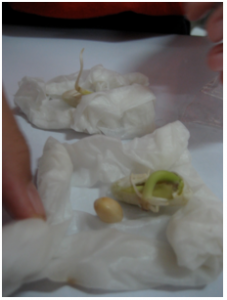
Zoology
Name of Course – Zoology
Learning Facilitator: Jojo
Course Description: This course begins with a study of all life – what does it mean to “have life”? Students learn about prokaryotic and eukaryotic cells and the 5 major kingdoms of life (Bacteria, Protists, Plants, Animals and Fungi). The course then transitions to focus entirely on the animal kingdom. Students will become familiar with various animal groups. We begin by studying invertebrates (Phylum Porifera, Cniderians, Molluscs, Arthropods…) and work our way towards the vertebrates (Amphibians, Fish, Reptiles…) For each animal group students will learn about distinguishing characteristics of the animals in that group, their behavior and various habitats where they are found. Finally, students will walk away with an understanding of evolution by adaptation, global ecosystems and ecological relationships.
In zoology we learned about Prokaryotic Cell and Eukaryota Cell. Prokaryotic cell make of one prokaryotic cell and it have just bataria that are in prokaryotic group. Eukaryotic make of one or more eukaryotic cell and in the group that in eukaryotic have animal, plant, bird, reptile, amphibian and protist is the organism that are made of single eukaryotic cell. Also we had learned about invertebrate group it mean don’t have backbone and vertebrate group is the group that have backbone. In the invertebrate group we had learned about
